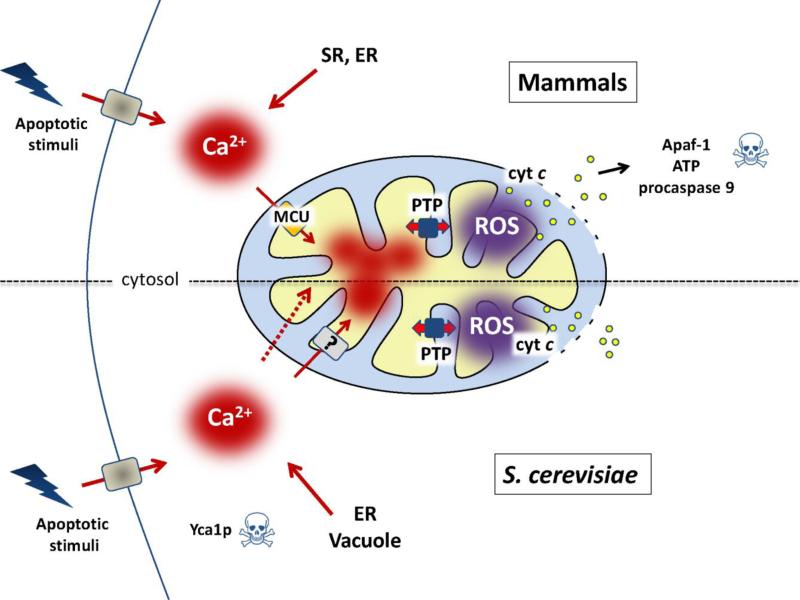Figure 1. Pathways for Ca2+-dependent cell death in mammals and yeast.
Top, increased cytosolic [Ca2+] often takes place in response to apoptotic stimuli in mammalian cells. Mitochondria quickly accumulate Ca2+ via the MCU complex, leading to increased matrix [Ca2+] that, together with increased ROS levels, can favor PTP opening leading to release of proapoptotic factors including cytochrome c. This eventually results in formation of an active Apaf-1 complex leading to procaspase 9 cleavage and initiation of cell death. Bottom, apoptotic stimuli increase cytosolic [Ca2+] in S. cerevisiae. Ca2+ can enter mitochondria through a membrane leak pathway (dashed red arrow) or via an unidentified transporter (denoted with a question mark) and, under conditions of oxidative stress, trigger PTP opening. The resulting matrix swelling and rupture of the OMM may cause release of cytochrome c, which would further stabilize the open state because of decreased respiratory activity and increased ROS production. The ensuing ATP depletion would add to activation of caspase-like pathways (such as Yca1p) in promoting cell death.

